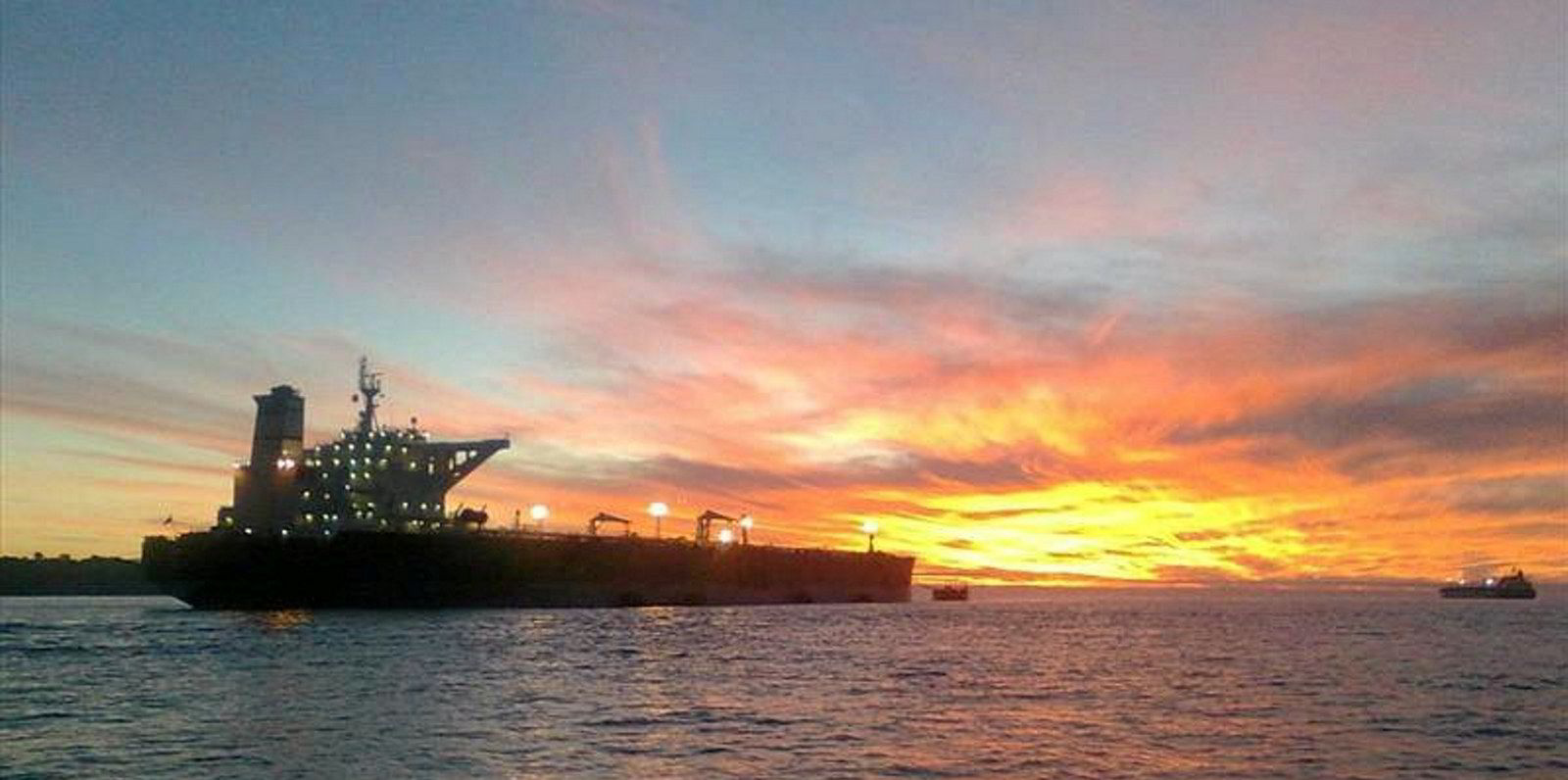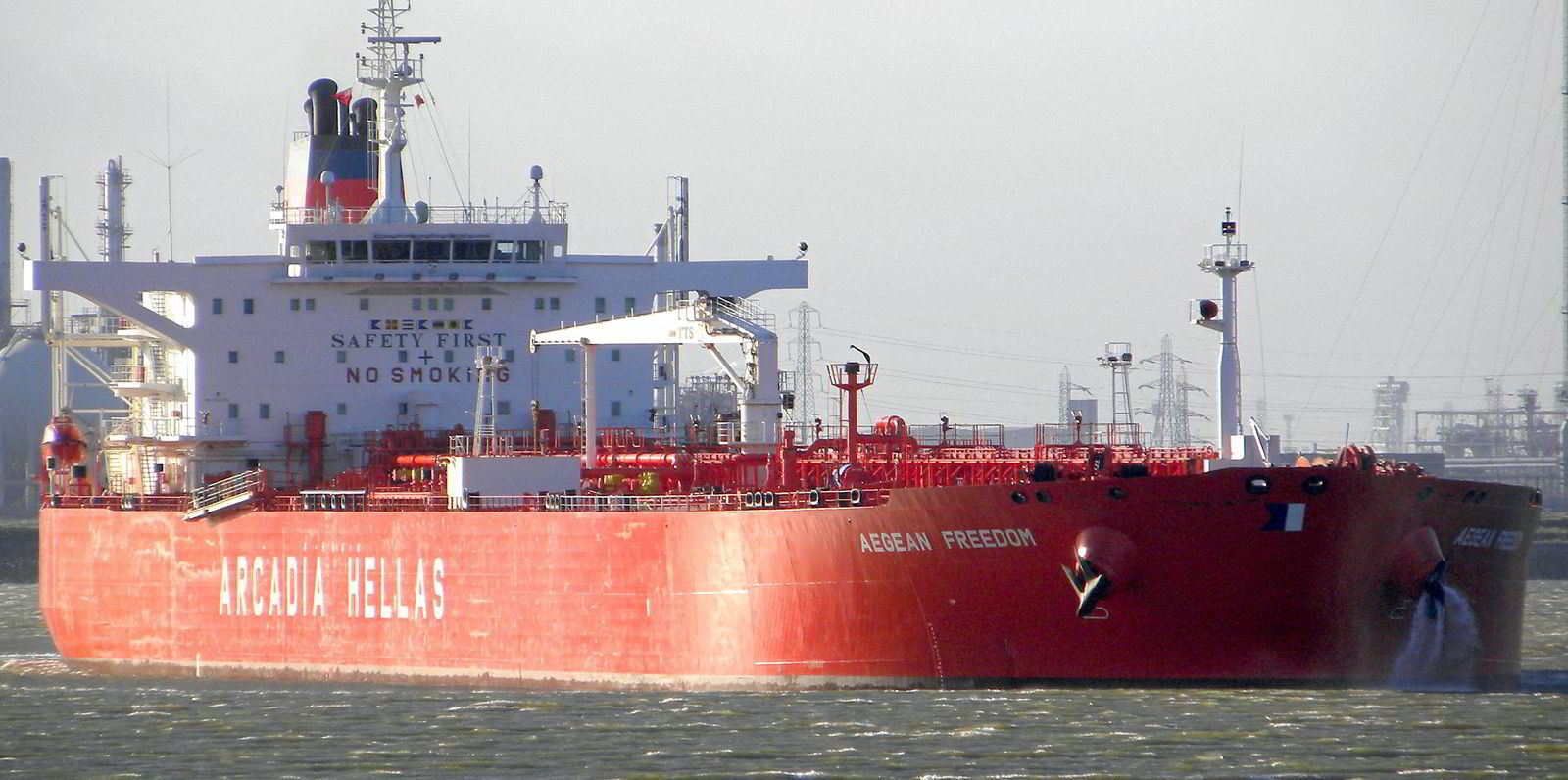Bullish investors have rushed to acquire secondhand tankers in recent weeks — betting on a future rate recovery despite current weak spot earnings.
Eighty four tankers totalling about 10.3m dwt changed hands in April, according to Clarksons Research, the busiest month for sale-and-purchase transactions on record.
With an average age of 13 years, those ships included at least nine VLCCs, four suezmaxes and 14 aframaxes.
Earlier this month, Frontline snapped up six VLCC newbuildings from Greek owner Evangelos Pistiolis for $94.3m apiece.
The vessels are due to be delivered from Hyundai Heavy Industries in 2022 and 2023, with scrubbers on board and ready to be converted to consume LNG or ammonia.

Lars Barstad, the tanker giant’s interim chief executive, told TradeWinds: “The market is starting to wake up to the idea that we have some interesting years ahead as we recover from the Covid-19 pandemic and the wheels start churning.”
Firming prices
Broker data suggests activity has picked up across vessel classes and age groups, with asset prices being pushed higher.
Clarksons Tanker Secondhand Price Index reached 119 points in May, up from 106 in November. The index had hit 129 points in March 2020, then a four-year high.
“Asset prices have increased as buyers look to take advantage of depressed market levels with new market buyers emerging,” VesselsValue head cargo analyst Olivia Watkins said.
“A number of Middle Eastern and Chinese owners looking to circumvent some of the current sanctions in place have driven up the prices for older units.
“In addition to this, rising steel prices have increased newbuild costs and are continuing to increase scrap values across the shipping sector. “
VesselsValue’s online platform assesses the current price of a 10-year-old VLCC at nearly $46.3m, compared with $41m in January, a two-year low at that time.
“We think a bottoming out of the cycle was seen in January and February 2021,” Watkins said.
“The expectation is that oil demand will return to pre-Covid levels with the rebound coming in conjunction with normalised mobility and transport fuel demand increasing.
“Growth in industrial activity and consumer demand will support this positive development, which is already being seen in the tanker sector, as Europe begins to rapidly ease its way out of lockdown.”
Watkins added that the best investment targets could be VLCCs and aframaxes, whose current prices are down 3.5% and 4.5% compared with their historical average values, respectively.
Market uncertainty
The buying appetite for secondhand tankers has increased despite spot earnings having been plagued by oversupply for months.
Brokerage Howe Robinson Partners estimates that VLCC earnings have averaged $4,928 per day so far this year, suezmaxes averaged $5,095 per day and aframaxes $7,118 per day.
All of those readings are below break-even levels for most owners.
Some tanker experts believe freight rates could stay weak in the coming quarters, with the lack of scrapping and oil demand worries amid renewed Covid-19 outbreaks.
“A bad freight market does not always impact S&P market or prices,” Bimco chief shipping analyst Peter Sand said.
“In shipping where asset play is often more important than the day-to-day operations of a ship, there will always be those on the [look out] for a well-priced ship, willing to absorb the losses that it is likely to make over the next many months.
“Many owners are willing to take this long-term view and are looking for a good bargain now from cash-strapped owners looking for a cash injection.”
The market consensus is rates will improve in 2022 and 2023, with oversupply forecast to ease amid more scrapping and recovering shipping demand.
Moreover, the International Maritime Organization will begin to apply the Energy Efficiency Design Index to vessels in operation from 2023 in a bid to reduce greenhouse gas emissions.
Analysis by class society ABS suggests that 60% to 70% of tankers could struggle to meet the minimum efficiency standard, especially for those larger than aframax.
The main method of compliance for the ships will be to adopt engine power limitation.
“Many vessels will need to sail at a slower speed [due to power limitation], while the oldest, most-polluting ones will be forced out,” a London-based broker said.
“That will reduce the shipping capacity in trading and help support freight rates.”






